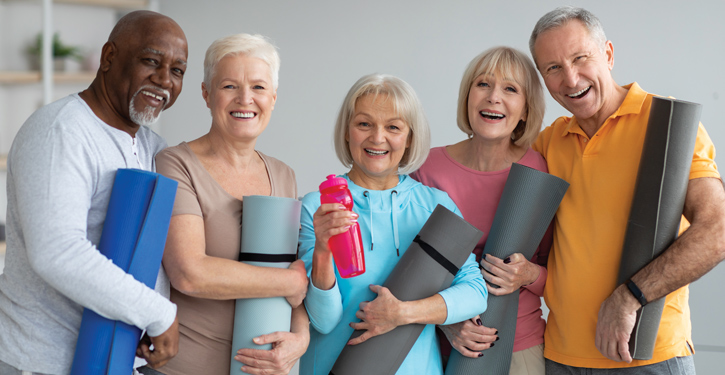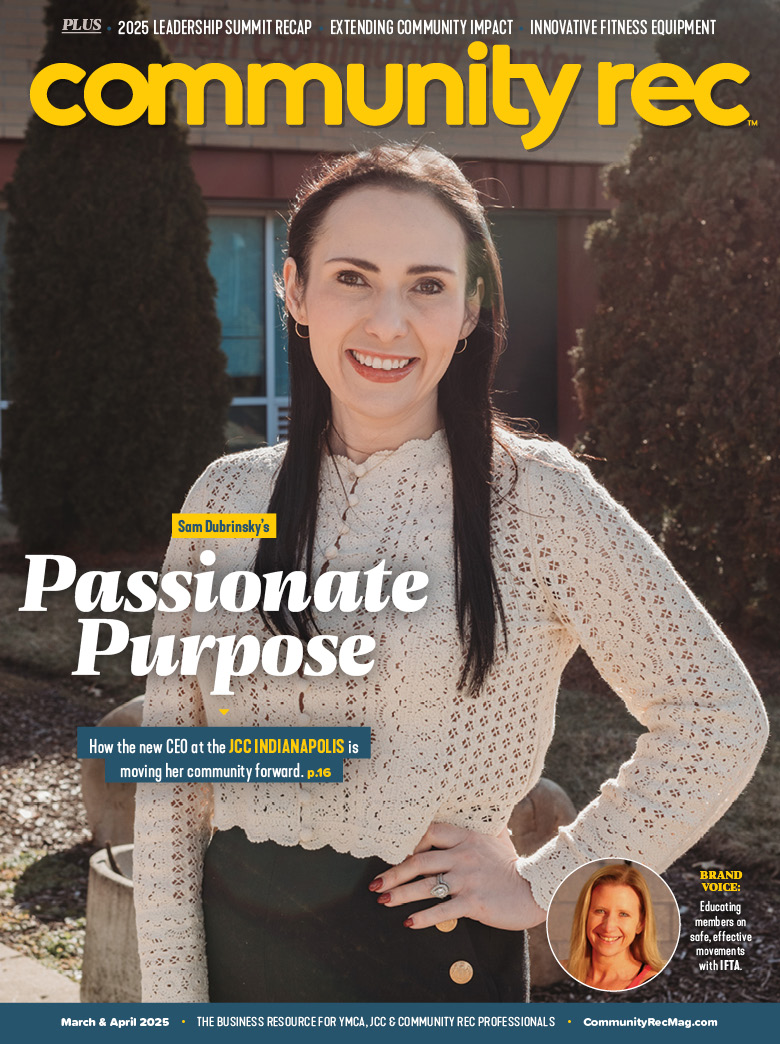Chris Minghine of NuStep details how to address the loneliness epidemic through exercise and community.
One of the most sobering revelations post-pandemic is the prevalence of people reporting they are still experiencing loneliness despite life going back to normal. How prevalent? According to an advisory put out this year by the Office of the Surgeon General, there’s a loneliness epidemic in the U.S. While the social isolation of the pandemic exacerbated the sense of loneliness, its prevalence predates COVID-19.
This loneliness epidemic affects people of all ages and backgrounds, but it’s most widespread among older adults like the baby boomer and silent generations. In fact, the National Institutes of Health reports 43% of adults age 60 and older experience feelings of loneliness.
The Impact of Loneliness
The effects of chronic loneliness and social isolation on the physical, cognitive and mental health of older adults are well documented. Lonely, isolated older adults are at a greater risk for developing dementia and serious medical conditions like cardiovascular disease. The impact on mortality rates is comparable to smoking 15 cigarettes a day.
Another factor that intensifies the impact? Many older adults are physically inactive and few would consider joining a gym to exercise. And yet, studies show regular exercise — group exercise in particular — not only improves physical health but mental health as well.
It Takes a Village and Community Rec
No doubt, this is a complex problem — one that will take a social movement to address. But here’s the good news: every community rec center in every town, by virtue of its mission to enhance social connection and promote fitness, has the structure in place to make a difference in older adults’ lives.
But first, let’s look at some stats about older adults and gym memberships. According to IHRSA, a global health and fitness association, older adults are the least represented age groups in health clubs. Why do older adults shy away from joining a gym? What are the barriers?
They’re intimidated by the environment and equipment.
They’re self-conscious about their age, fitness level or functional ability.
Concerns about getting injured.
They’re concerned it’s too expensive.
Putting Out the Welcome Mat
Providing a welcoming environment where older adults feel comfortable, make social connections and improve their fitness will go a long way to removing those barriers. Offering exercise programs tailored to their needs and a staff who understands their concerns will also help.
Equally important is the type of exercise equipment you provide for older adults. Accessible, easy-to-use equipment that delivers a low-impact workout — like recumbent cross trainers and bikes — not only work to boost their fitness level, but they can also create a sense of empowerment and confidence in their abilities.
Best of all? The feeling of belonging to a place where everyone knows your name.










